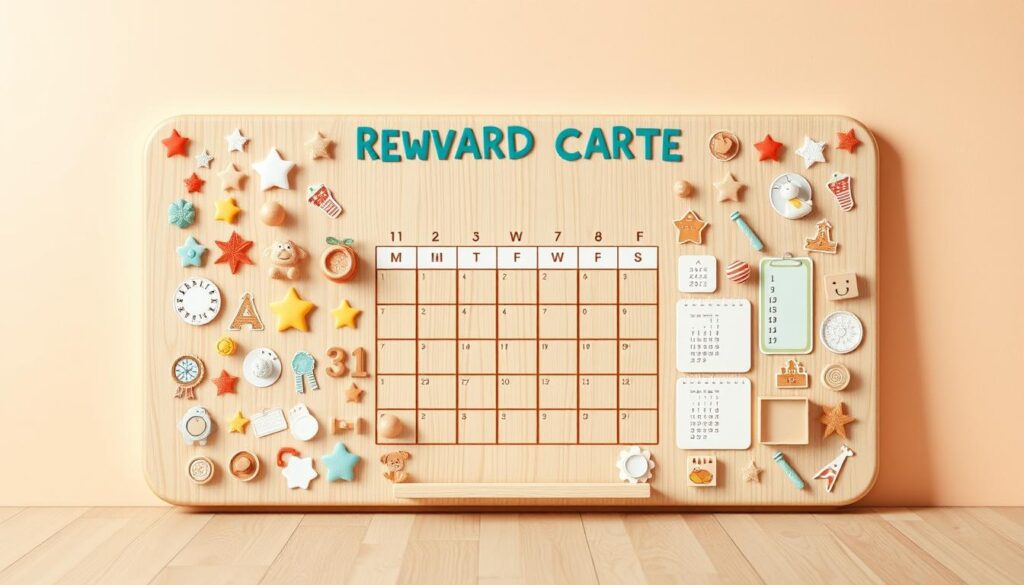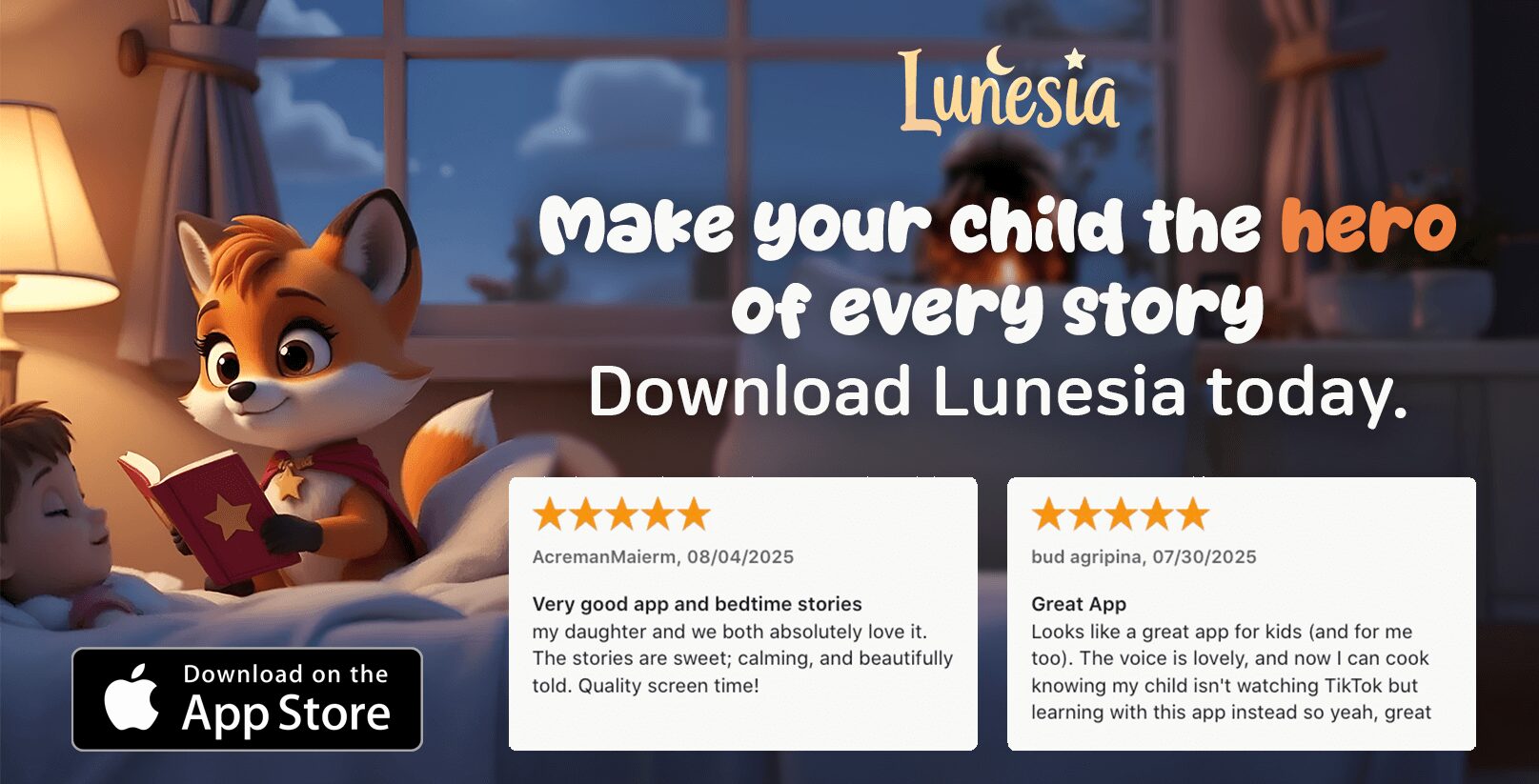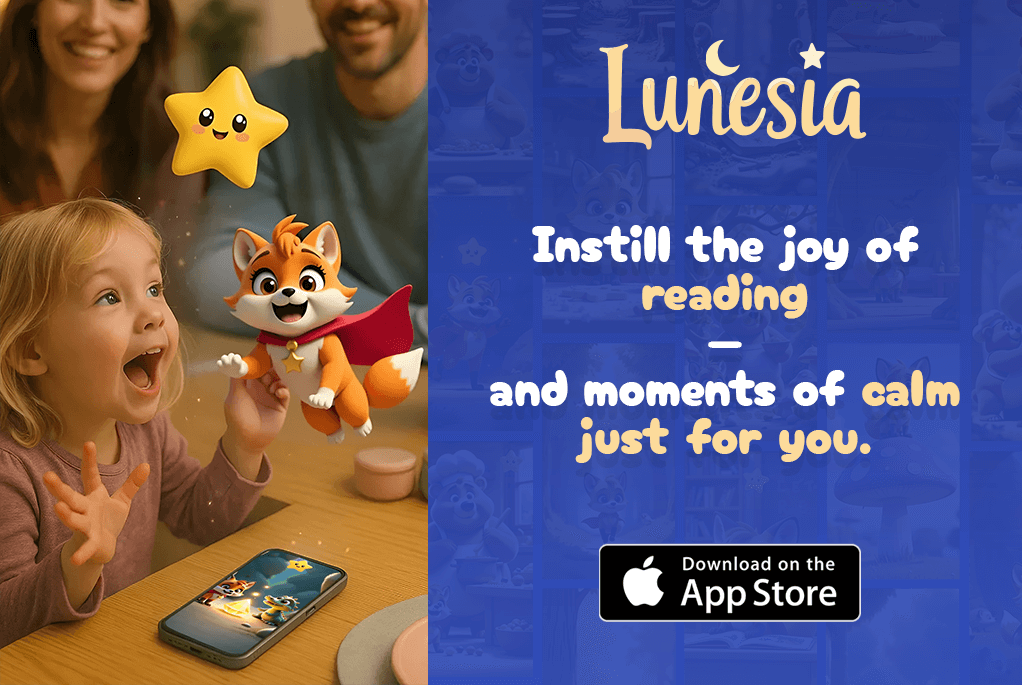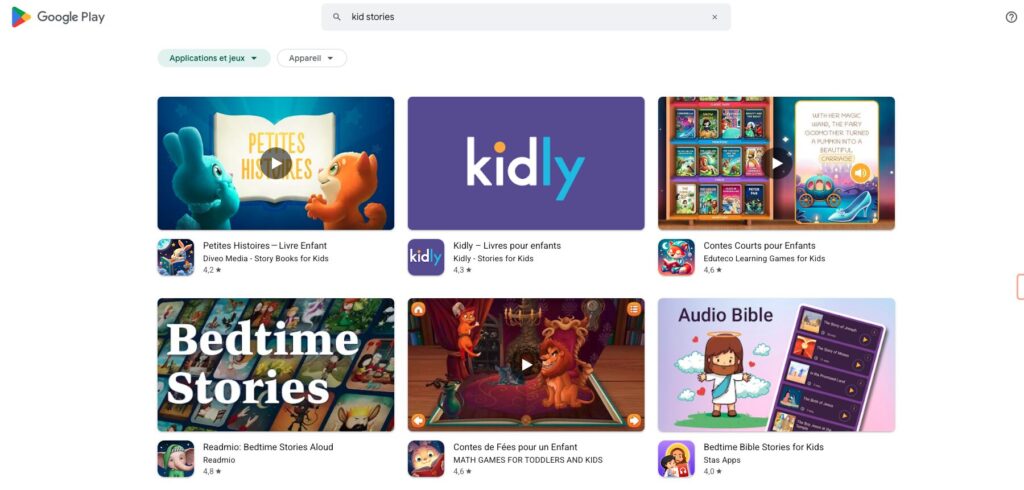As a parent, guiding your child through the challenges of growing up can be both joyful and daunting. Teaching good behavior and fostering self-esteem are among the most important tasks we face. A well-structured reward system can be a powerful tool in encouraging positive actions and helping your child develop a strong sense of accomplishment.
Imagine this: your child excitedly places a sticker on their chart after helping with a simple task, beaming with pride. This is more than just a fun activity—it’s a proven method to build confidence and responsibility. Dr. Bisaga and other experts agree that immediate, visual rewards like stickers or charts are highly effective for young children.
By creating a clear and simple system, you can help your child understand the connection between their actions and the rewards they earn. This not only encourages good behavior but also teaches them about patience and the value of their efforts. In this guide, we’ll walk you through a step-by-step approach to designing a reward system that works best for your child.
Whether it’s cleaning up toys or using good manners, a well-planned system can make a significant difference. Let’s explore how you can create a nurturing environment that celebrates progress and helps your child thrive.
Understanding Reward Systems and Their Impact on Child Behavior
As a parent, you want the best for your child, and that includes helping them develop good behavior and self-esteem. A well-designed reward system can be a powerful tool in achieving these goals. But have you ever wondered why these systems work so well?
Research shows that positive reinforcement, like stickers or stars, can create lasting behavior changes. When your child earns a reward immediately after completing a task, it helps them connect their action to the positive outcome. This immediate feedback is especially effective for young children, as it reinforces the desired behavior right away.
Setting realistic goals is crucial. For a 3-year-old, this might mean using the potty or putting away toys. The key is to make sure the goals are achievable and age-appropriate. Here’s a quick guide to getting started:
| Goal | Reward | Visual Cue |
|---|---|---|
| Using the potty | Sticker | Potty Progress Chart |
| Putting away toys | Star | Chore Completion Chart |
Visual cues like charts and stickers provide clear feedback, helping your child see their progress. This not only motivates them but also builds their self-esteem. By praising specific actions, you reinforce positive behaviors and help your child feel proud of their accomplishments.
Remember, every child is unique. Customize the reward system to fit your child’s personality and abilities. With consistency and patience, you can create a nurturing environment that encourages positive behavior and helps your child thrive.
Reward System for Toddlers: Key Components and Benefits
Designing an effective reward system for your child can feel like solving a puzzle, but with the right pieces in place, it becomes a powerful tool for growth. The foundation lies in understanding what motivates your child and how to channel that energy positively.
Choosing Appropriate Rewards for Your 3-Year-Old
When selecting rewards, think about what sparks excitement in your child. Stickers, small toys, or even a special outing can be great motivators. The key is to keep it simple and meaningful. For example, a sticker for using the potty or a star for sharing toys can create a sense of accomplishment. Remember, the reward should be immediate and visible to reinforce the connection between action and outcome.
Visual Tools: Stickers, Stars, and Charts Explained
Visual tools like charts and stickers are invaluable. They provide a clear way for your child to track progress, making the process tangible and engaging. A simple chart on the refrigerator where your child can see it daily can become a focal point of their routine. Each sticker or star added serves as a reminder of their achievements, fostering pride and motivation.
Combining short-term rewards, like a sticker today, with longer-term goals, such as a special movie night after collecting five stars, keeps the momentum going. Involving the whole family ensures the system feels supportive and consistent, adapting to your unique household dynamics. By focusing on these elements, you create a nurturing environment where your child can thrive.
Step-by-Step Guide to Creating Your Reward Chart
Creating a reward chart is a fun and effective way to encourage good behavior in your child. With a few simple steps, you can design a chart that’s both engaging and easy to use.
Setting Clear, Age-Appropriate Goals
Start by identifying one or two specific behaviors you want to encourage, like putting away toys or using good manners. For a 3-year-old, it’s best to focus on one chore at a time to avoid overwhelming them. For example, you might begin with a goal like “Sharing toys with others.”
Designing a Simple and Understandable Chart
Next, create a chart using pictures or simple words to illustrate the tasks and rewards. You can draw a chart on a piece of paper or use a whiteboard. For each task completed, your child earns a sticker or a star. For example:
- 🌟 Put away toys after playtime
- 🌟 Use good manners during meals
Once your child collects five stars, they can trade them in for a reward, like a special outing or a small treat. This visual approach makes the process fun and engaging, helping your child see their progress and feel a sense of accomplishment.
Remember to place the chart in a spot where your child will see it every day, like the refrigerator or a family bulletin board. Consistently updating the chart and celebrating small victories will keep your child motivated and excited about their progress.

By following these steps, you’ll create a reward chart that not only helps your child develop good behavior but also strengthens your bond through shared goals and achievements.
Creative Reward Ideas and Implementation Strategies
Let’s explore some exciting ways to make your child’s experience even more engaging. The key is to mix immediate and delayed rewards while keeping things fun and family-oriented.
Immediate vs. Delayed Rewards: Finding the Right Balance
Immediate rewards, like a sticker or extra playtime, work wonders for little ones. They help your child see the direct connection between their action and the outcome. For example, earning a sticker right after putting away toys makes the task feel rewarding. On the other hand, delayed rewards, like a special movie night at the end of the week, teach patience and help build anticipation.
Incorporating Family Time and Fun Activities
Family time can be a powerful reward. Plan a special game night or a fun outing to the park. These activities create lasting memories and make your child feel loved and celebrated. It’s also a great way to involve everyone, making the experience more enjoyable and consistent.
Using Points, Money, and Other Incentives
Consider using a points system where your child earns points for completing tasks. These points can be saved up and traded for bigger rewards, like a new toy or a special treat. Introducing the concept of money with a “money jar” can also be exciting. For example, your child can earn a small amount of money for chores, teaching them the value of saving and spending.
- 🌟 Use a “money jar” to collect points for tasks
- 🌟 Trade points for fun incentives like a new toy or a movie night
- 🌟 Incorporate family activities to make rewards more meaningful
By mixing these ideas, you can create a balanced and exciting reward plan that keeps your child motivated and happy. Remember, the goal is to make the process fun and engaging while teaching valuable lessons along the way.
Troubleshooting and Refining Your Reward System
Every child is unique, and what works today might not work tomorrow. That’s why it’s important to stay flexible and open to refining your approach as you go.
Adjusting Expectations for Individual Needs
Sometimes, even with the best planning, things don’t go as expected. If your child isn’t responding to the reward system, it might be time to take a step back and evaluate. Are your expectations too high? Is the desired behavior clear enough for your child to understand?
For example, if your child is struggling to earn rewards, consider breaking the activity into smaller, more manageable steps. This helps build confidence and makes the process feel less overwhelming. It’s also important to communicate openly with your child, asking questions like, “Do you understand what you need to do to get the reward?” or “What do you think would make this easier for you?”
- Review the clarity of the desired behavior
- Adjust expectations to fit your child’s abilities
- Use constructive feedback to refine the system
As your child grows, so should the reward system. For an older kid, you might introduce more complex activities or longer-term goals. The key is to keep the process engaging and meaningful. Remember, the goal is to nurture growth, not to create frustration. By staying attuned to your child’s needs and maintaining a positive tone, you can create a system that evolves alongside them.

Don’t be afraid to try new things and keep an updated list of incentives that match your child’s interests. With patience and consistency, you can refine the system to ensure it remains effective and enjoyable for years to come.
Conclusion
As you embark on this journey to nurture your child’s growth, remember that consistency and adaptability are your greatest allies. By using clear, visual tools like charts and stickers, you create a path for your child to track their progress and feel a sense of pride in their accomplishments.
Be patient and open to refining your approach as your child grows. Celebrate small victories and provide constructive feedback to guide them. Remember, the goal is to foster confidence and good behavior, not to create frustration.
This guide offers a practical roadmap to help you encourage positive actions in your child. By setting clear goals and providing immediate positive reinforcement, you lay the foundation for a strong, confident individual.
Start implementing these strategies today and watch your child thrive. As their needs evolve, revisit this guide for fresh inspiration. Together, let’s help our children grow with joy and confidence.
FAQ
What is the best way to create an effective reward system for my child?
Start by setting clear, simple goals and use visual tools like charts or stickers. Consistency and positive reinforcement will help your child understand and engage with the system.
How do rewards shape positive behaviors in children?
Rewards encourage good behavior by associating actions with positive outcomes. They help your child feel accomplished and motivate them to repeat the behavior.
What are the key components of a reward system for toddlers?
Use visual tools like charts or stickers, and choose rewards like small toys or extra playtime. Keep it simple and age-appropriate to maintain their interest and understanding.
How do I design a reward chart for my child?
Keep it simple with bright colors and clear pictures. Track progress daily and celebrate small achievements to keep your child motivated and engaged.
What are some creative reward ideas beyond stickers and stars?
Offer special family time, fun activities, or small treats. You can also use points or a money jar to teach the value of earning rewards.
How do I balance immediate and delayed rewards?
Use immediate rewards like stickers for daily tasks and save bigger rewards for longer-term goals, like a new toy after a week of good behavior.
How do I adjust the reward system for my child’s individual needs?
Pay attention to what motivates your child and be flexible. If something isn’t working, try a different approach or reward to better meet their needs.




